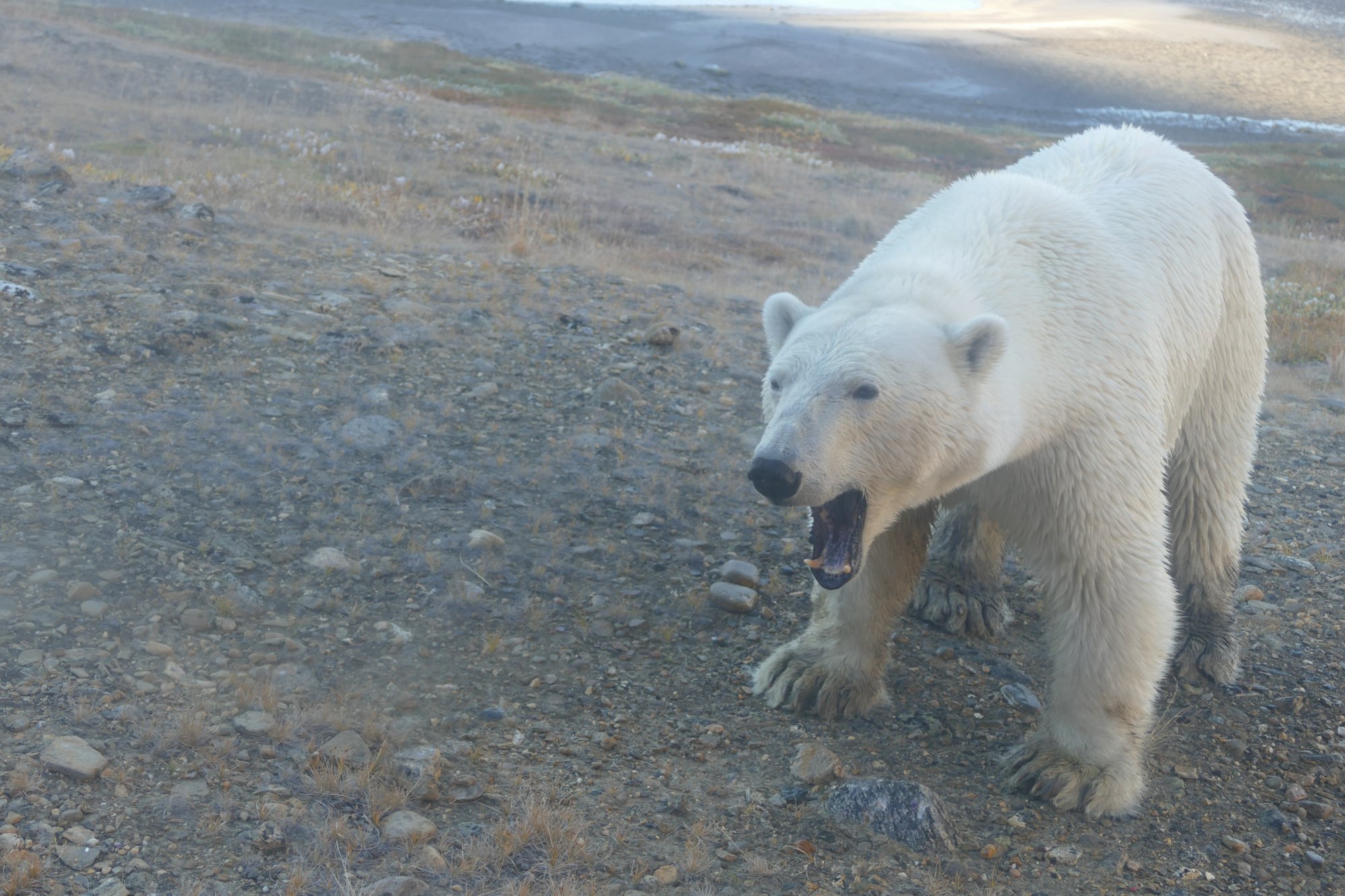On the integration of ecological and physiological variables in polar bear toxicology research: a systematic review
New publication by T Bechshoft, AE Derocher, M Viengkone, H Routti, J Aars, RJ Letcher, R Dietz, C Sonne, BM Jenssen, E Richardson and NJ Lunn

Abstract:
Ecotoxicology evolved as a scientific field as awareness of the unintended effects of anthropogenic pollutants in biota increased. Polar bears (Ursus maritimus) are often the focus of Arctic contaminant exposure studies because they are apex predators with high contaminant loads. While early studies focused on describing and quantifying pollutants, present-day polar bear toxicological papers often incorporate ecological variables. This systematic literature review investigates the ecological and physiological variables that have been integrated in such studies. The systematic literature search resulted in 207 papers, published between 1970 and 2016. Representation of each of the 19 polar bear subpopulations varied from 0 to 72 papers; East Greenland, Barents Sea, Southern Beaufort Sea, and Lancaster Sound had the most published research, with over 30 papers each. Samples were collected between 1881 and 2015, primarily from harvested bears (66%); most from the 1990s and 2000s. Adipose tissue, liver, and blood were the most common tissues examined, and mean number of bears analyzed per paper was 76 (range 1–691). Papers investigating temporal trends did so using a mean sample of 61 bears over a 6-year period. The frequency with which ecological and physiological variables were integrated into toxicological papers varied. Age and (or) sex was the only ecological variable(s) considered in 51% of papers. Further, a total of 37% of the papers included in the review investigated physiological effects in relation to contaminant concentrations. Of the papers, 98% dealt with contaminant exposure at the individual level, leaving population level effects largely unstudied. Solitary subadult and adult polar bears were included in 57% and 79% of the papers, respectively. Younger bears were included in fewer papers: yearlings in 20% and cubs-of-the-year in 13%. Only 12% of the papers examined reproduction relative to contaminants. Finally, body condition was included in 26% of the research papers, whereas variables related to polar bear diet were included in ≤9%. Based on our findings, we suggest future polar bear toxicology studies increase sample sizes, include more ecological variables, increase studies on family groups, and increase the applicability of studies to management and conservation by examining pollution effects on reproduction and survival.
Environmental Reviews, 2018, Vol. 26, No. 1 : pp. 1-12. doi.org/10.1139/er-2016-0118
